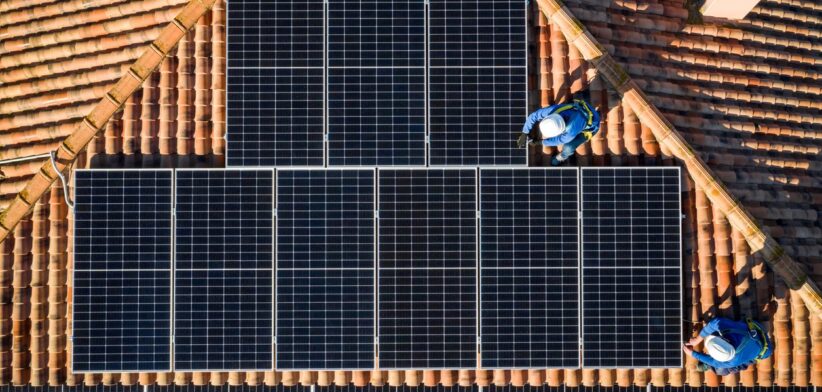Energy efficient upgrades to low-income housing has the potential to grow Australia’s economy by $17 billion.
An Australian Council of Social Service (ACOSS)-commissioned report outlined the results of an accelerated rollout of thermal efficiency upgrades, electrification and rooftop solar to public, community and First Nations-controlled housing, as well as low-income owner occupiers and low-income private rental properties.
ACOSS CEO Cassandra Goldie said the report showed Federal, state and territory governments needed to substantially and urgently increase investment in home energy upgrades for low-income housing.
“This investment is vital to plug the gap in Australia’s energy transition that risks leaving millions of people in low-income housing behind, undermining social licence for change,” Dr Goldie said.
She said the COSS Network had written to energy ministers calling for the Federal Government to establish a national fund in the MYEFO budget to accelerate upgrades.
“It would start with $2 billion in the first year, scaling up each year with contributions from other sources.”
Dr Goldie said the Deloitte Access Economics report concluded that an accelerated home energy upgrade program could drastically reduce energy poverty for people struggling to heat and cool their housing.
She said large scale investment would deliver ongoing and significant energy bill savings, create thousands of jobs and supercharge the energy transition.
“The Deloitte analysis looked at ‘modest’ thermal efficiency upgrades and electrification, plus rooftop solar, for 1.2 million homes over seven years.
“Economic activity generated by construction, indirect employment and household bill savings would generate up to $17 billion in Gross Domestic Product over the life of the upgrades.”
She said this would create an average of 12,700 full-time equivalent jobs annually across the construction, installation, manufacturing and services sectors peaking at 22,550 in 2028.
“It would also shave $3350 off the average household’s annual energy bill.”
Dr Goldie said inefficient homes that cost thousands of dollars to heat and cool were leaving people in energy poverty, making them sick and standing in the way of the energy transition.
“While tens of billions of dollars have been pumped into industrial clean energy, households are the missing piece of the puzzle.”








